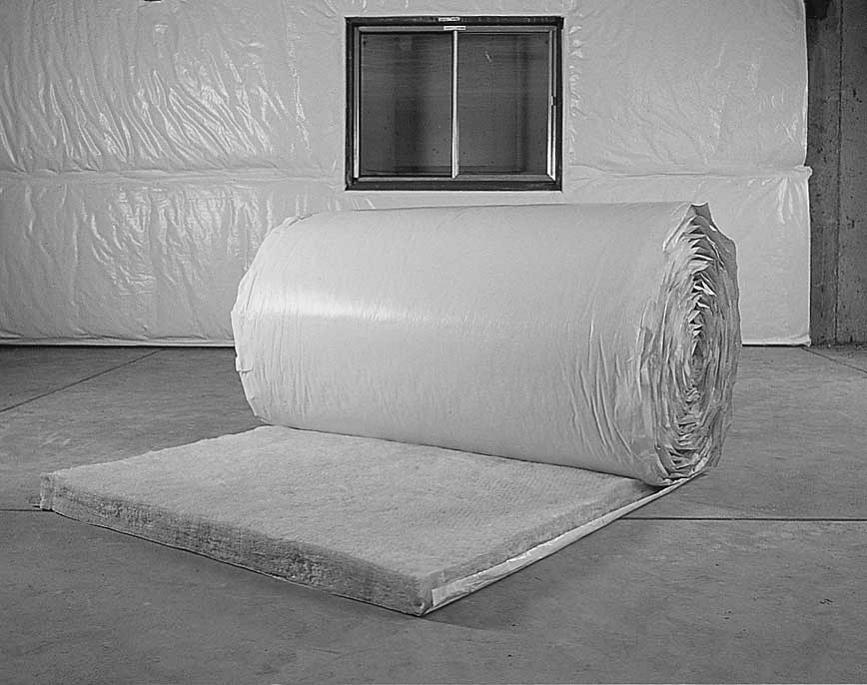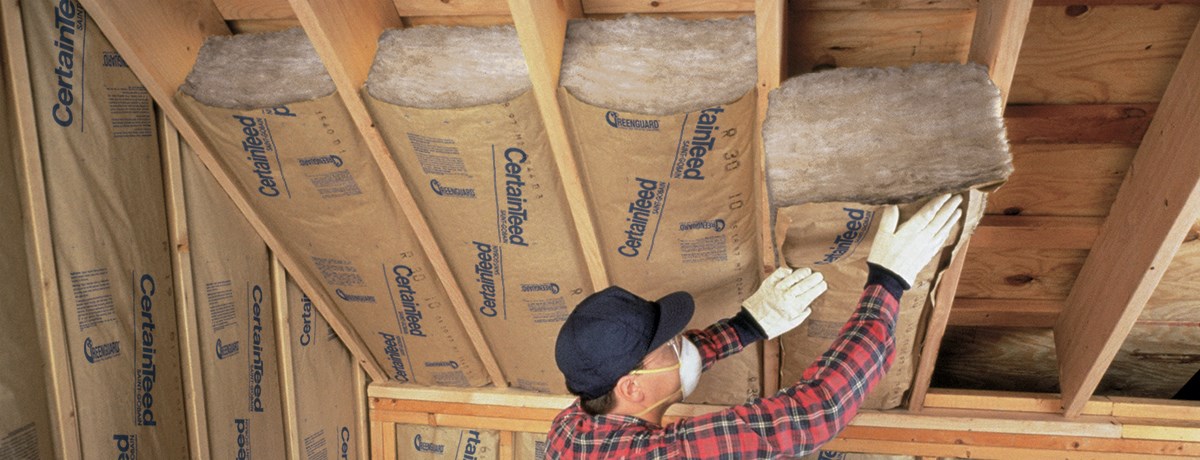What is plastic faced insulation?
Every area inside a home has a unique use and purpose. While you can decorate your home anyway you like it and you can place furniture as you please, the rooms in the house have been created with a unique purpose in mind.
As such, the builder has created a specific room for each specific use. There is ONE room that is meant to be the kitchen, ONE that is meant to be X bedroom and so on. Each room has its purpose and so their needs.
There are times when homes become businesses. Or homes are acquired by families who have different preferences or needs. According to their needs and preferences, it might be that the insulation that is required for each part of the building changes.
This is not only applicable to buildings that were primarily intended to become homes and then were transmigrated to businesses. It also applies to homes themselves. It is important to understand and know what kind of insulation goes to a specific room and why.
Where do you use plastic faced insulation?
Plastic faced insulation is preferably used in basements. Most people believe that basements “are not really an area of the home” and as such, there is no need to be concerned with. But not only they are, they also hold several main structures and roles that are basic to the life of the building itself.

Each day more and more people turn around and realize that their basements are much more than a “second attic” or “another place to dump everything we do not need at the moment but do not want to throw away”. Basements are slowly turning into livable rooms and places where family residents: teenagers and the males of the home enjoy a room of their own. Also known as a “man cave”.
In the case of office buildings, basements are also places where many equipment items are placed as these are usually cold. Finally, it is in basements where mechanical systems, AC and heating are installed because they should NOT be placed outside the home unless there is no practical space.
Basements are dark, cold and usually humid. These three qualities make basements a perfect place for pests and termites to settle down and even flourish. Mold and mildew are also common basement residents. If a garden surrounds the basement, this will be a more probable case than if concrete surrounded the basement.
However, concrete is also laid on top of soil. So, despite the reduction of insects and overall pests, that can happen if a basement is surrounded by concrete versus surrounded by garden; there will always be a magnet for insects and other unwanted critters.
To prevent this is what you use insulation for. Keeping the basement at a normal temperature and avoiding the coldness and humidity take its toll and encourage the rampage of unwanted critters and development of mold and mildew.
So do I need to insulate the WHOLE basement?
In most homes, it is recommended that there is insulation between the floors. The floor of one room is the ceiling of another and as such, it is recommended that the floors/ceilings are insulated to provide an additional layer of soundproofing.
Nonetheless, it is not particularly recommended that you insulate the basement ceiling. These responses to the need for the basement to acquire the same temperature than the rest of the house. If you are insulating the perimeter of the basement, then the coldness and humidity of it will no longer be an issue and you will have a basement with the same temperature or coolness than the rest of your home.
Regarding the basement walls, they should be insulated with a non-water sensitive insulation that prevents air from sifting inside and contacting the basement cold surfaces. Otherwise what will happen is that moisture will start to form and the consequential mold and mildew will happen.

These moisture-attracting areas are not limited to the yearly weather cycle. They are present all year round, but in the equation regarding what you need to do to insulate your basement, you should also consider the moisture spots that become present at some special weather months in the year such as during the raining season and winter, regardless if where you live snows or not.
If you choose to use plastic faced insulation for your basement, it is important that you remember to use a fire/ignition barrier. All plastics burn and when they do, the product toxic fumes and gases that can be extremely hazardous for sustaining life. To ensure that you are using the right fire/ignition barrier, you can contact your local fire department.
There are, of course, other alternatives that you can use to the plastic-faced insulation. And in the case of the basement, some contractors do recommend also the use of two complementary insulation to ensure that the moisture, coldness and water barrier for the basement is properly installed.
However, any basement is not constituted solely by a ceiling and walls, it also has a floor. And it is probably the floor of the basement that part where insulating is more complicated.
The best place to insulate basements floors is underneath them. The best insulation is a rigid one. For this end, plastic faced insulation has a unique and perfect fit.
This is probably one of the least recommended processes that a basement can have mainly because the energy saving rates that this action yields in the short run isn’t that big and people tend to get discouraged by this. However, in the long run, such a process will ensure that the basement is properly insulated, there is no mold nor mildew growth, any mechanics installed will require less maintenance and will broke down a lot less frequently.
The basement will be able to become a living space with a lot less effort; there will be less potential critters settling in. It is important to know that since concrete dries “upward” when you insulated the basement floor and lay the concrete on top of the plastic-faced insulation, you need to be sure that the concrete is thoroughly dry before applying any finishes.
In addition, impermeable interior floor finishes should be avoided to allow the concrete to “stay dry”
To get a quote on PSK insulation call Pacific Insulation Supply


